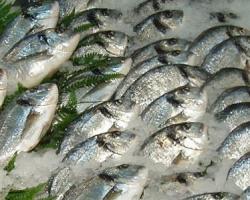Gulf Seafood Industry Has Yet To Rebound
August 31, 2010 | 1 min to read

Reporting from Venice, La. — President Obama served plates of barbecued gulf shrimp to guests at his 49th birthday party Aug. 9. But Kindra Arnesen, who runs a shrimp boat with her husband here in southern Louisiana, isn't nearly ready to eat what comes out of the tepid gray waters.
When news first hit of the massive oil blowout 50 miles southeast of here, Arnesen filled her freezer with shrimp. She has no intention of eating fresh seafood until she stops hearing from her fellow fishermen about blobs of oil on the sea bottom and tiny droplets of dispersed hydrocarbons in the water.
"I'm not going to sell somebody something I wouldn't feed my own kids, and we're not eating it," Arnesen said. "They can eat burgers for awhile."
The $272-million seafood industry that is as much a part of Louisiana as Mardi Gras is struggling to regain traction in a market that is showing little appetite for local seafood after BP's busted well gushed an estimated 4.1 million barrels into the Gulf of Mexico.
To read the rest of the story, please go to: Los Angeles Times.
Photo by French Duck, Flikr.
